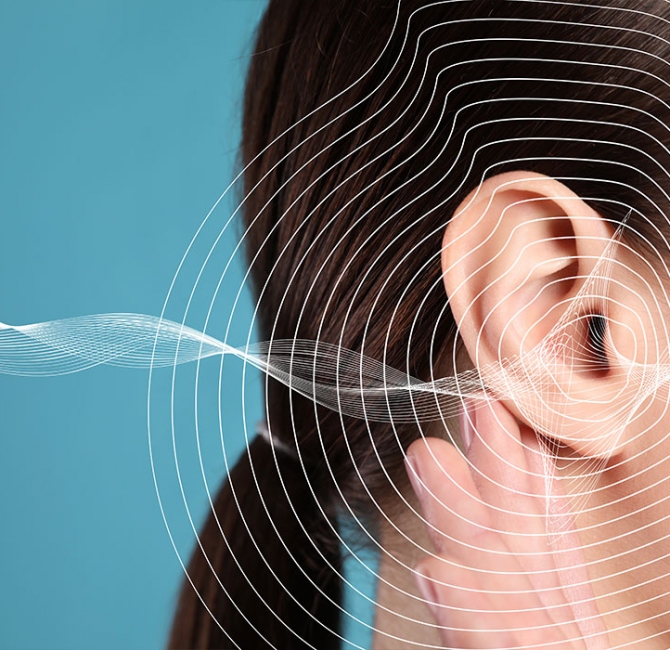Abstract
This narrative literature review summarizes current information on the antimicrobial mechanisms of common mouthrinses, such as chlorhexidine, hydrogen peroxide, cetylpyridinium chloride, povidone iodine, and essential oils.
Introduction
Antimicrobial mouthrinses are available over-the-counter or by prescription as adjuncts to manage various oral diseases caused by bacteria, viruses, and fungi. Antimicrobial mouthrinses are bactericidal and kill pathogenic bacteria or bacteriostatic and prevent bacterial growth and the formation of biofilms that contribute to dental caries and periodontal diseases.
Various antimicrobial mouthrinses are available to help manage halitosis, dental caries, and periodontal diseases. These include chlorhexidine, hydrogen peroxide, cetylpyridinium chloride, povidone iodine, and essential oils. This review provides an overview of the mechanisms of action and effectiveness of mouthrinses on microbes associated with oral diseases.
Chlorhexidine
Chlorhexidine (CHX) mouthrinse is available in 0.12% and 0.2%. CHX is a bis-biguanide with broad-spectrum antimicrobial activity against gram-positive and gram-negative bacteria, fungi, and certain viruses. Its antimicrobial effect is dose-dependent, bacteriostatic at concentrations of 0.02% to 0.06% and bactericidal above 0.12%.
Biguanide compounds interact with negatively charged microbial cell membranes, disrupting the structure and causing the release of cell contents. They can also penetrate cells, condensing bacterial chromosomes and blocking DNA replication. CHX generally has low toxicity in humans unless swallowed in large amounts. Common side effects include temporary taste alteration and brown discolouration of the teeth and tongue. New CHX mouthrinses are available with decolouration systems to help prevent staining.
CHX may exhibit antiviral properties against certain viruses, such as herpes simplex type 1, influenza A, and potentially human coronavirus and severe acute respiratory syndrome-related coronavirus, appearing more effective on enveloped than nonenveloped viruses. Allergic reactions to CHX are rare. There is emerging evidence of antimicrobial resistance with CHX use. Thus, CHX use should be short-term (up to one month) and not during toothbrushing.
Hydrogen peroxide
Hydrogen peroxide (H202) is typically available as a 1.5% mouthrinse. H202 is a bleaching agent with strong oxidizing properties that release oxygen free radicals and disrupt lipid microbial cell walls to kill obligate anaerobes. H2O2 foams on contact with human tissues, releasing water and oxygen, which may help destroy anaerobic bacteria. H202 mouthrinse effectively reduces plaque and gingival bleeding without adverse effects. However, some studies suggest concentrations greater than 5% may damage soft tissue, so typically, concentrations between 1% and 3% are used in mouthrinses for their antibacterial effects. Concentrations of 0.5% H202 are virucidal to enveloped viruses, including coronavirus. H202 mouthrinses are broad-spectrum antimicrobials that help reduce gingivitis and tooth staining and act as a soaking solution for dentures.
Cetylpyridinium chloride
Cetylpyridinium chloride (CPC) is a quaternary ammonium compound (QAC) used in mouthrinses in varying concentrations (0.045%–0.1%). CPC has low toxicity to humans and exhibits broad-spectrum antimicrobial properties. CPC is antibacterial through interactions with lipids and proteins of cell membranes, causing structural disorganization and leakage of low-molecular components from the cell. QACs also release autolytic enzymes, leading to the lysis of the bacterial cell wall and the loss of its functional contents. QACs are antifungal by reversing the charge distribution on the cell surfaces and antiviral by disrupting or detaching the viral envelope with subsequent nucleocapsid release. However, its effect on nonenveloped viruses is uncertain. CPC appears effective in plaque and gingivitis reduction. Side effects may include staining and temporary loss of taste.
Povidone iodine
Povidone iodine (PVP-I) mouthrinse (0.5% and 1.0%) is used as an antiseptic gargle for sore throats. However, gargling with PVP-I may cause serious adverse reactions, including altered thyroid function if ingested and anaphylactic reactions in individuals allergic to iodine or shellfish. Its antimicrobial effects result from the release of iodine, destabilizing bacterial lipid membranes and protein lysis. PVP-I effectively kills most oral microbes, including periodontal pathogens, fungi, mycobacteria, viruses, and protozoa, without cytotoxic effects on human cells. However, there is a lack of up-to-date evidence on its effectiveness in reducing plaque and gingivitis.
Essential oils
Essential oils (EOs) are natural oils extracted from plants with antibacterial, antifungal, and antioxidant properties and relatively low toxicity. EOs used in mouthrinses include eucalyptol, menthol, peppermint, clove, methyl salicylate, and thymol. These compounds have broad-spectrum antimicrobial activity. Clinical short-term studies have shown EO mouthrinses reduce bacterial plaque biofilms and, in turn, gingivitis and halitosis. However, since most mouthrinses contain combinations of oils, it is difficult to determine which EO is effective. EO mouthrinses are used as an adjunct to mechanical oral hygiene and to support gingival health around dental implants. Typically, these mouthrinses contain alcohol concentrations of up to 26%. The alcohol works with the EOs to penetrate the plaque biofilm and kill microorganisms. However, children should not use EO mouthrinses with alcohol due to the risk of accidental ingestion. Alcohol-containing mouthrinses may increase mucosal pain and oral dryness in individuals with oral mucosal ulcerative disease or dry mouth, respectively.
Summary
This review provides oral health practitioners insights into the mechanisms of action and effectiveness of mouthrinses on microbes associated with oral diseases. Good oral hygiene practices should not depend solely on antimicrobial mouthrinses, and long-term use is generally not recommended. Mouthrinses may be ineffective without tooth brushing, interdental cleaning, and professional plaque removal. Most guidelines recommend mouthrinses as an adjunct to good oral hygiene, leading to small but significant clinical benefits in reducing periodontal pocket depth, plaque, and bleeding scores.



